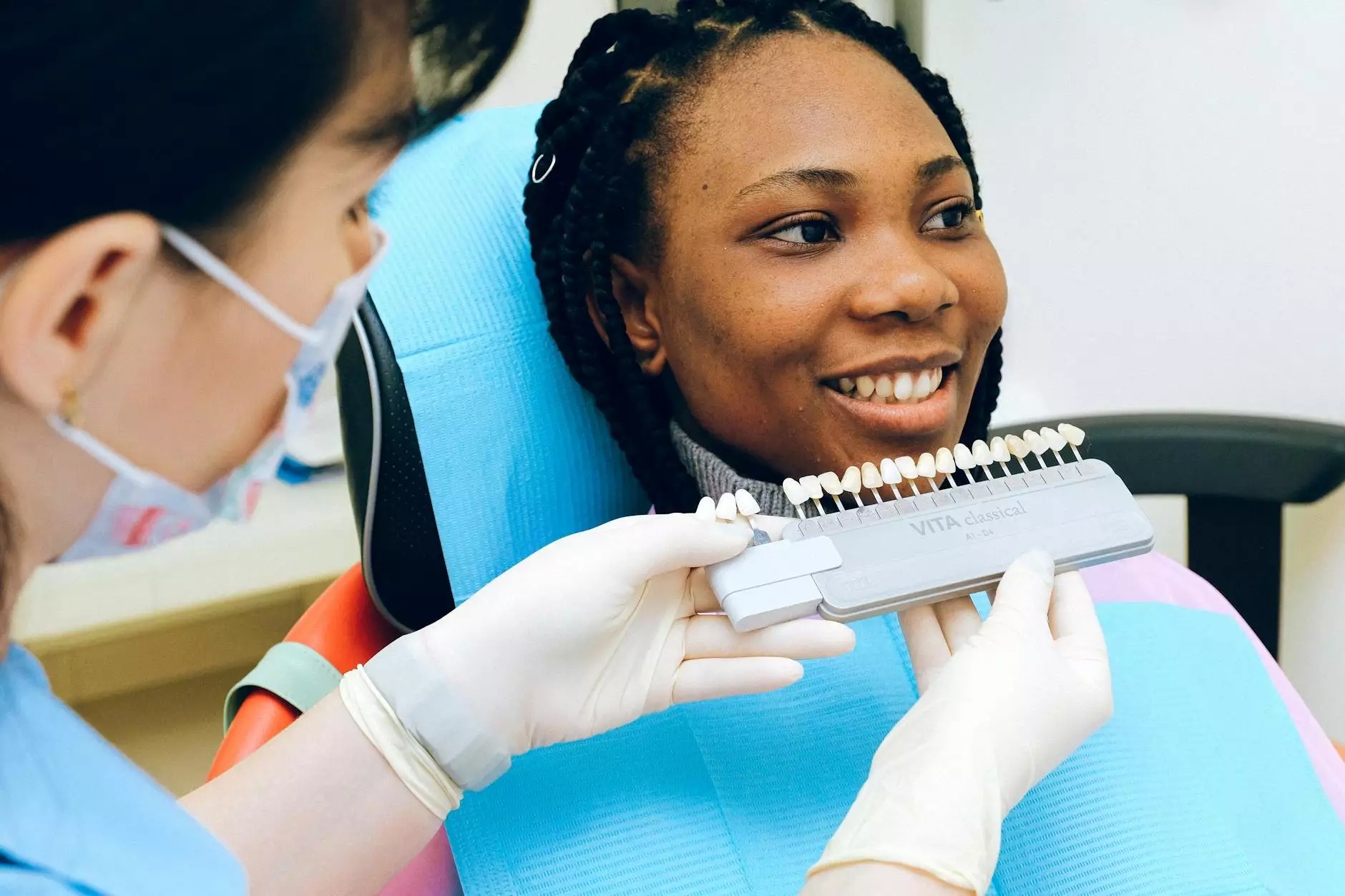Understanding the Oophorectomy Procedure: A Comprehensive Guide

The oophorectomy procedure is a significant surgical operation that involves the removal of one or both ovaries. It is primarily performed on women and plays a crucial role in managing various medical conditions. In this article, we will delve into the details of the oophorectomy procedure, its indications, risks, recovery, and its implications for women's health.
What is an Oophorectomy?
An oophorectomy is a surgical procedure to remove one or both of a woman's ovaries. This operation can be performed as a standalone procedure or in conjunction with a hysterectomy, which is the removal of the uterus. Oophorectomy may be required for various reasons, including:
- Ovarian cancer: If cancer is detected in the ovaries, removing them can be a critical step in treatment.
- Endometriosis: This condition, where the endometrial tissue grows outside the uterus, can lead to severe pain and may necessitate surgery.
- Ovarian cysts: Large or persistent cysts that cause symptoms may require removal to prevent complications.
- Genetic predisposition: Women with a high risk of ovarian cancer due to genetic mutations (like BRCA1 or BRCA2) may choose to undergo oophorectomy as a preventative measure.
Types of Oophorectomy Procedures
There are primarily two types of oophorectomy:
- Unilateral Oophorectomy: This involves the removal of one ovary. This procedure is often done to preserve hormonal function and fertility.
- Bilateral Oophorectomy: This involves the removal of both ovaries, leading to immediate menopause in premenopausal women. This is often a more complex decision due to the implications it has on hormone levels and overall health.
Indications for Oophorectomy Procedure
The decision to perform an oophorectomy procedure is based on various medical indications. Here are the primary reasons:
- Ovarian Tumors: Both benign and malignant tumors may prompt the need for an oophorectomy. Early intervention is crucial in cases of cancer.
- Severe Endometriosis: When conservative treatments fail, oophorectomy can provide relief from symptoms.
- Risk Reduction: Women with a family history of ovarian cancer may opt for this surgery as a preventive measure.
- Hormonal Imbalances: Conditions affected by ovarian function may require surgery to restore balance.
The Oophorectomy Procedure: What to Expect
The oophorectomy procedure is typically performed in a hospital setting and involves several steps:
- Preoperative Assessment: Prior to surgery, the patient undergoes a thorough evaluation, including imaging studies and blood tests, to assess overall health and determine the need for surgery.
- Anesthesia: The surgery is usually performed under general anesthesia, ensuring the patient is sedated and pain-free during the procedure.
- Surgical Technique: Surgeons may choose between laparoscopy (minimally invasive) or laparotomy (open surgery), depending on the complexity of the case.
- Postoperative Care: After surgery, patients are monitored for complications, and pain management is initiated.
Benefits of Oophorectomy
Undergoing an oophorectomy procedure can provide several benefits, particularly for women suffering from ovarian conditions:
- Relief from Symptoms: Many women experience immediate relief from pain and discomfort associated with ovarian cysts or endometriosis.
- Reduced Cancer Risk: For those with a genetic predisposition to ovarian cancer, the procedure significantly lowers the risk of developing this disease.
- Improved Quality of Life: Many patients report better overall health and emotional well-being post-surgery.
Risks and Considerations
As with any surgical procedure, the oophorectomy involves certain risks, which is essential to consider:
- Infection: There is a risk of infection at the surgical site or within the abdominal cavity.
- Bleeding: Both during and post-surgery, excess bleeding may occur, leading to the need for transfusion or further intervention.
- Hormonal Changes: Women who undergo a bilateral oophorectomy may experience significant hormonal changes, leading to symptoms of menopause, such as hot flashes and mood swings.
- Impact on Fertility: While a unilateral oophorectomy may preserve fertility, a bilateral oophorectomy will result in the loss of fertility and the need for hormone replacement therapy.
Recovery After Oophorectomy
Recovery from the oophorectomy procedure varies by patient and surgical approach:
Recovery Timeline
Generally, recovery includes:
- Hospital Stay: Patients may stay for 1-2 days if the surgery was performed laparoscopically and up to a week for open surgery.
- Activity Restrictions: Light activities can typically be resumed within a week, while strenuous activities should be avoided for at least 4-6 weeks.
- Follow-Up Care: Postoperative appointments are crucial to monitor healing and manage any complications.
The Role of Healthcare Providers in Oophorectomy
Healthcare providers, particularly obstetricians and gynecologists, play a pivotal role in counseling patients considering an oophorectomy procedure. They provide:
- Comprehensive Evaluation: Assess patient history, current health, and risk factors.
- Informed Consent: Ensure that patients understand the procedure and its implications.
- Personalized Care: Patients receive tailored management based on their unique circumstances and health goals.
Conclusion
The oophorectomy procedure is a life-altering surgery for many women, offering significant benefits while also presenting potential risks. Whether performed to remove tumor growth, alleviate distress from endometriosis, or for preventive measures against cancer, informed decisions are crucial. Through the guidance and expertise of healthcare professionals, women can navigate these challenges and make choices that are best for their health and well-being.
If you have questions or concerns regarding the oophorectomy procedure, contact DrSeckin.com to speak with experienced healthcare professionals who specialize in women's health.









